MNS CryptoLocker Ransomware Data Recovery

I think there's an issue with my storage device, but I'm not sure
Start a free evaluationWhat is MNS CryptoLocker Ransomware?
MNS CryptoLocker is malicious software that encrypts your files and demands a ransom to decrypt them. It is important to note that MNS CryptoLocker is different than other types of ransomware as it uses a unique encryption key that only the attackers have.
How does MNS CryptoLocker Ransomware work?
It works by first gaining access to your computer, usually through a phishing email or by exploiting vulnerabilities in outdated software. Once it has access to your computer, it will scan your hard drive for personal files such as photos, documents, and spreadsheets. After it has found these files, it will encrypt them using a strong encryption algorithm. Once your files have been encrypted, you will see a ransom note that demands payment to decrypt your files.
How much is the ransom?
The ransom demanded by MNS CryptoLocker Ransomware is typically 1-2 Bitcoins, which is currently equivalent to $9,000-USD 18,000. But the price can go up or down depending on the current market value of Bitcoin.If you don't pay the ransom, you will not be able to decrypt your files. The attackers may also threaten to delete your files or release them publicly if you don't pay the ransom.
What encryption algorithm does MNS CryptoLocker Ransomware use?
It uses the AES-256 encryption algorithm, which is a symmetric key algorithm. This means that the same key is used to encrypt and decrypt the data.
History
This ransomware was first discovered in September 2016. It is believed to be a successor of the Locky Ransomware, which was first discovered in February 2016. MNS CryptoLocker shares many similarities with Locky, including the way it is distributed and the way it encrypts files.
What was the biggest MNS CryptoLocker Ransomware attack?
The biggest MNS CryptoLocker Ransomware attack occurred in December 2016 when the MNS Cryptolocker infected over 100,000 devices in just 24 hours. This ransomware was distributed through a phishing email that pretended to be from DHL. The email contained a malicious attachment that, once opened, would download and install the MNS Cryptolocker on the victim's computer.
Protection
To protect yourself from MNS CryptoLocker Ransomware, you should always keep your operating system and software up to date. You should also avoid opening email attachments from unknown senders and be careful when clicking on links in emails. Finally, you should have a reputable anti-malware program installed on your computer to protect you from these types of threats.
What should I do?
MNS CryptoLocker Ransomware is a serious threat that can lead to the loss of important personal files. If you are infected with MNS CryptoLocker Ransomware, it is important to not panic and to remain calm. The best thing to do is to immediately disconnect from the internet and then run a reputable anti-malware program to remove the ransomware and decrypt your files.
Public decryption tool
There is no public decryption tool available for MNS CryptoLocker Ransomware at this time.even if you find an MNS CryptoLocker Ransomware decryptor on the internet, it is important to note that these tools are not always effective and may even contain malware.
Paying the ransom
Paying the ransom is not recommended as you will be giving the attackers your money and there is no guarantee that they will provide you with a working decryptor. In addition, by paying the ransom, you will be supporting their future criminal activities.
How to restore MNS CryptoLocker Ransomware encrypted files?
The best way to restore MNS CryptoLocker Ransomware encrypted files is to use a reputable data recovery program. These programs are designed to recover lost or deleted files from your hard drive. However, it is important to note that these programs will not be able to decrypt your files, they will only be able to recover the original versions of your files.Anyway, we recommend using SalvageData data recovery software.If you have a backup of your files, you can restore them from the backup. However, you should only do this if you are sure that the backup is not infected with MNS CryptoLocker Ransomware.
Contact a data recovery service
If you cannot restore your files using a data recovery program or backup, you may be able to use a data recovery service. These services specialize in recovering lost or deleted files. However, they can be expensive and there is no guarantee that they will be able to recover your files.SalvageData is a reputable data recovery service that offers a free consultation to MNS CryptoLocker Ransomware victims. Since MNS CryptoLocker is a new threat, there is a chance that their team of experts may be able to recover your files. SalbvageData has recovered data from over 5,000 MNS CryptoLocker Ransomware victims and has a success rate of over 90%. Contact professional data recovery experts to discuss your options.
Related services
These are the most commonly requested data recovery services. At our headquarters' cleanroom lab, our certified engineers conduct a thorough review of any type of physical storage device, determining if there is logical or physical damage and carefully restoring all of the lost files.ces.

External Drive Data Recovery
We recover data from both external SSD and HDD drives. Rely on certified experts to restore your important files from damaged or corrupted external drives.

Hard Drive Data Recovery
Recover data from all brands of HDD, PC hard drives, and hybrid disks. Our specialists ensure fast and secure recovery for any data loss scenario.
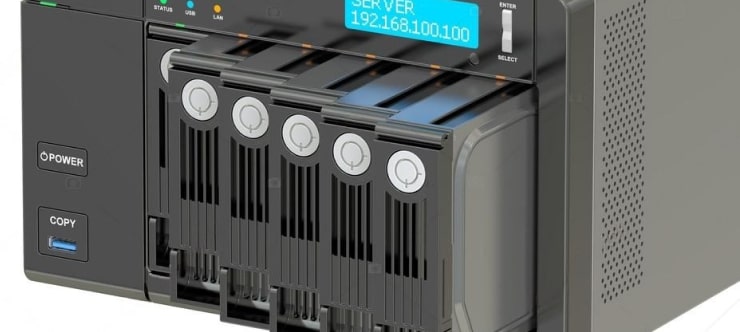
NAS Data Recovery
Recover data from NAS devices, including RAID configurations. Our team handles all types of NAS systems and ensures data recovery with minimal downtime.
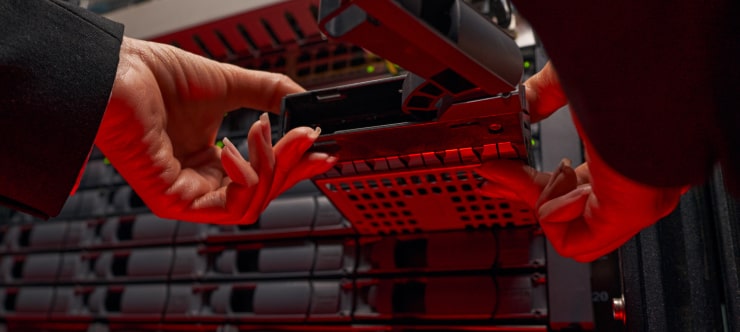
RAID Data Recovery
Our RAID data recovery services cover RAID 0, 1, 5, 10, and other configurations. We offer expert solutions for failed, degraded, or corrupted RAID arrays.
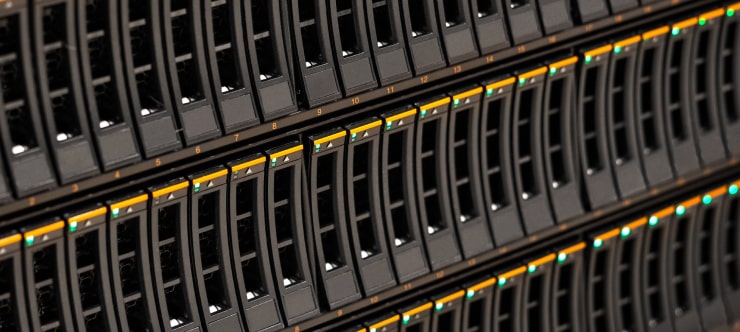
SAN Data Recovery
Our team specializes in handling SAN devices from leading manufacturers like Dell EMC, HP, and IBM, ensuring efficient recovery with minimal disruption to your operations.
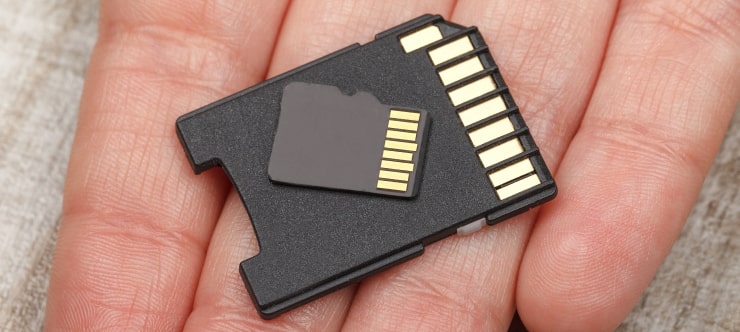
SD Card Data Recovery
Our recovery experts specialize in restoring data from SD and memory cards. We guarantee quick recovery with a no-data, no-charge policy.

SSD Data Recovery
Our data recovery experts handle all SSD data loss scenarios with advanced tools, ensuring maximum recovery with high-security protocols.
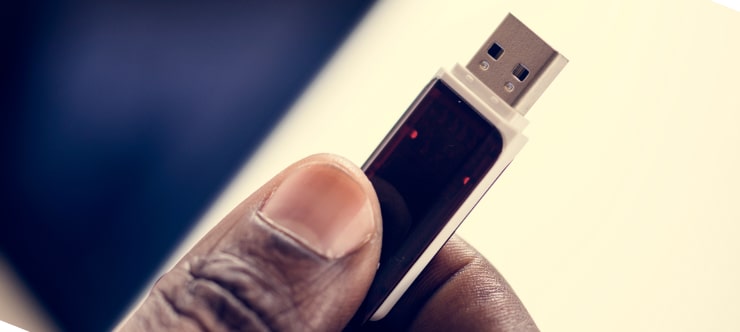
USB Flash Drive Data Recovery
Recover lost data from USB flash drives, regardless of the damage or brand. We offer free in-lab evaluations to assess data recovery needs.
If you’re unsure about which data recovery service to choose, let our team assist you in selecting the appropriate solutions. We understand the anxiety that comes with a sudden drive failure, and we are more prompt in our actions compared to other recovery service providers.



